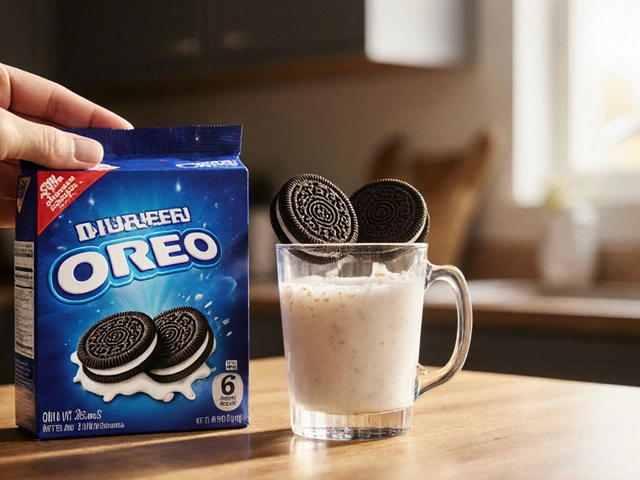Fix Pavlova: How to Rescue a Soggy or Cracked Meringue
If your pavlova looks more like a limp cake than a crisp cloud, don’t panic. A few simple tricks can bring it back to life, and you’ll still end up with a tasty dessert. Below are the most effective fixes you can try right now, plus some habits to keep your pavlova perfect next time.
Why Pavlova Goes Wrong
First, understand the common culprits. Too much humidity in the kitchen puts moisture into the meringue, making it soft. Under‑baking leaves the interior wet, while over‑baking creates cracks that let air in. Using fresh egg whites, measuring ingredients precisely, and baking at a low, steady temperature are key to avoiding these problems.
Quick Fixes for a Soggy Base
1. Dry it out in the oven. Lower the oven temperature to 150 °F (65 °C) and keep the pavlova inside for 15‑20 minutes. This gentle heat pulls out excess moisture without browning the outside.
2. Use a microwave burst. If you’re short on time, microwave the pavlova on low power (30%) for 10‑12 seconds. The heat evaporates water quickly, but watch closely – you don’t want it to melt.
3. Swap the topping. Layer a thin sheet of parchment paper or a dry biscuit base under the whipped cream. It creates a barrier that stops the cream from leaking into the meringue.
4. Re‑crisp with a torch. Lightly torch the outer edges for a minute or two. The caramelized surface seals tiny cracks and adds a pleasant flavor boost.
Saving a Cracked or Collapsed Pavlova
1. Patch with fresh meringue. Whip a small batch of fresh egg whites, sweeten with powdered sugar, and pipe a new ring around the cracked area. Bake this patch at 250 °F (120 °C) for 10 minutes until it’s firm.
2. Turn it into a parfait. Break the pavlova into bite‑size pieces, layer them with fruit and cream, and serve as a pavlova parfait. You get the same flavors without the broken look.
3. Glue with melted chocolate. Drizzle a thin line of melted dark chocolate along the crack. It sets quickly, holds the pieces together, and adds a tasty surprise.
Preventive Tips for Future Pavlovas
Keep a few habits in mind to reduce the need for rescue missions. Always use a clean, dry bowl for the egg whites; any grease will stop them from reaching stiff peaks. Add the sugar one spoon at a time, letting it dissolve completely before adding more—this prevents grainy centers. Finally, let the pavlova cool completely in the turned‑off oven with the door ajar; sudden temperature changes cause cracks.
With these fixes and habits, a soggy or cracked pavlova is no longer a disaster. You’ll be able to serve a light, crunchy dessert that impresses every guest, even when things go sideways in the kitchen.

How to Fix a Weeping Pavlova: Foolproof Tips for Perfect Meringues
Fixing a soggy, weeping pavlova doesn't have to be a disaster. Learn what causes weeping, stop it in its tracks, and save your dessert with these easy, practical baking fixes.
View More




